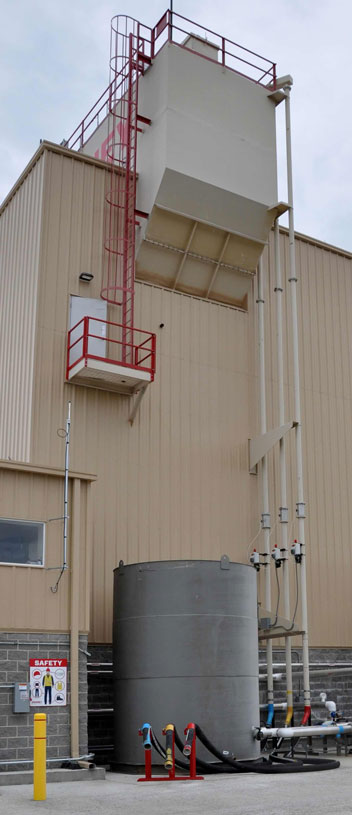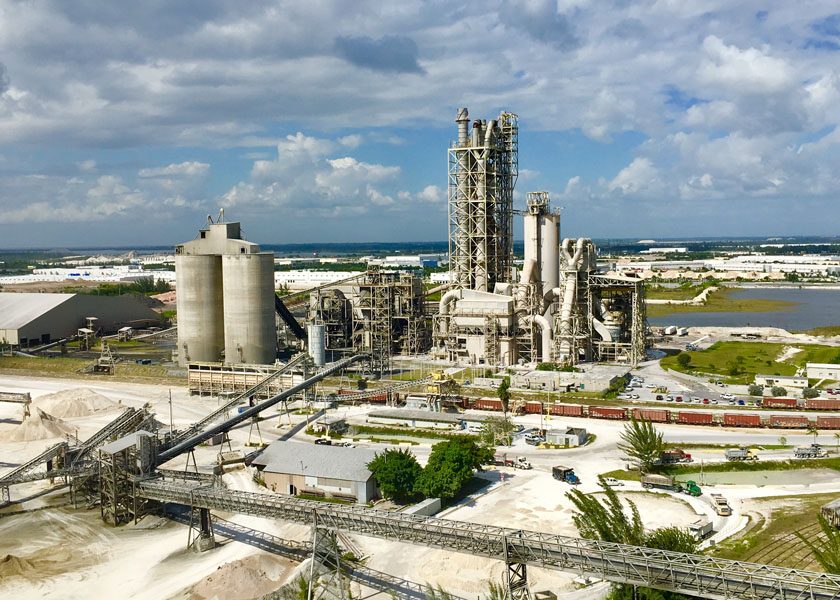Drawing data from its just-released 2013 Annual Energy Outlook, the Energy Information Administration (EIA) cites challenging statistics portland cement customers and producers might encounter in a construction market influenced by green building rating systems and carbon-tracking government agencies.
Although the cement industry used only one-quarter of one percent of total U.S. energy, it is the most energy-intensive of all manufacturing industries, with a share of national energy use roughly 10 times its share of the nation’s gross output of goods and services, notes the EIA. On average, other energy-intensive industries’ share of energy use is roughly twice their share of gross output. Cement is also unique in its heavy reliance on coal and petroleum coke.
In raw numbers for a 2010 baseline, EIA contends, cement production represented a) 0.25 percent of U.S. energy consumption, 97.7 quadrillion Btu; and, b) 0.02 percent of gross output, $24.6 trillion.
Cement is part of the industrial sector – manufacturing, construction, mining and agriculture – which by EIA figures accounts for nearly a third of total U.S. energy use. It is likewise within the “energy-intensive” manufacturing segment, responsible for about half the industrial sector’s power consumption. Energy intensity spans the three cement milling phases: preheating of limestone and other raw feed, kiln processing, and clinker grinding.
EIA factors Department of Commerce and Department of Labor/Bureau of Economic Analysis figures in its energy analyses. Projections through 2040 show an increasing contribution from the cement industry to energy consumption as well as increasing share of total gross output of goods and services. The agency sees a stronger construction market driving gains through 2025, with industry demand and output increasing moderately in the 15 years after.



